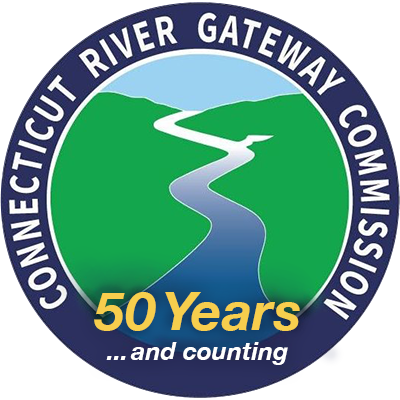Statutes & Standards
Public Interest in the River
Chapter 477a of the Connecticut General Statutes designates the Lower Connecticut River Conservation Zone and authorizes the Connecticut River Gateway Commission.
In 1973, the General Assembly passed a new state law that said the river possesses “unique scenic, ecological, scientific and historic value contributing to public enjoyment, inspiration and scientific study.”
The public act added that “it is in the public interest … to preserve such values and to prevent deterioration of the natural and traditional riverway scene for the enjoyment of present and future generation of Connecticut citizens.”
Sections 25-102a through 25-102s outline the Zone in geographic detail and define the Gateway Commission’s mission and responsibility.
A unique section of the law requires that any revision of “zoning, subdivision and planning regulations” or change in the local zoning map proposed for land in the Zone must be approved by the Commission before it becomes effective.
Links to state law and Commission standards created to meet its legal responsibility may be found at right.
CT River Gateway Commission

Almost a Half Century of Service
Melvin Woody, the CT River Gateway Commission Vice Chairman and Lyme representative, has served on the body and its predecessor the Gateway Committee since its initial days, almost 50 years. Dr. Woody is a Professor Emeritus at Connecticut College.
